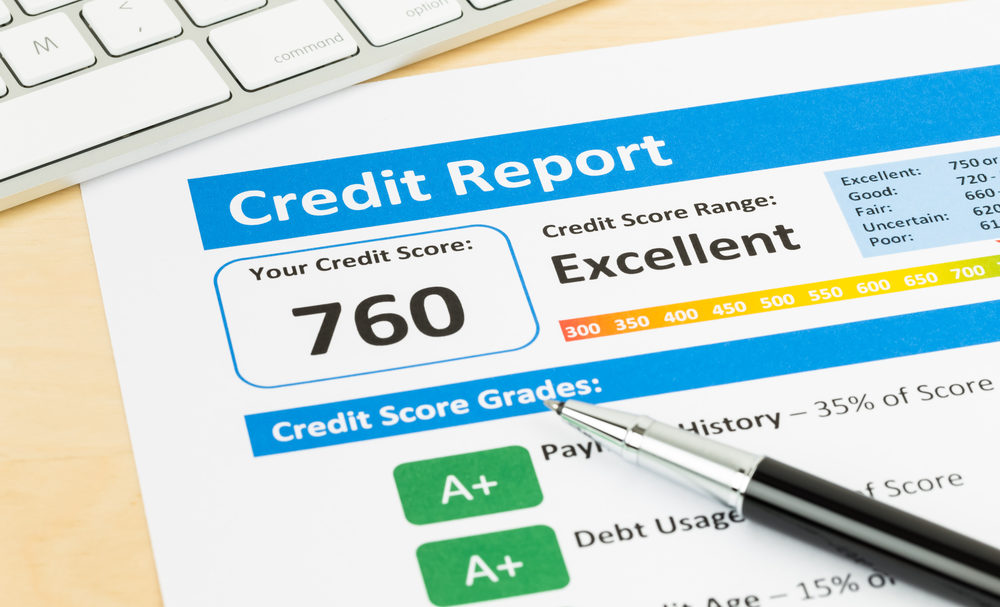When you’re looking for a new product to buy, the first thing you probably do is check out the reviews. After all, who knows better than people who have already bought and used the product? Reading and interpreting reviews can be tricky, though. You don’t want to read too much into them, but you also want to make sure you get the most out of them.
In this blog post, we will teach you how to read and interpret reviews so that you can make an informed decision about what product to buy!

What to look for in a review
Before reading a review, there are a few things you should keep in mind. First, ask yourself who the reviewer is and what their qualifications are. A qualified reviewer will have personal experience with the product or service being reviewed. They will also be unbiased and objective in their assessment.
Second, take note of the reviewer’s tone. For example, a CarChex review will be balanced, offering both positive and negative points about extended warranties. Finally, pay attention to the overall message of the review. Is the reviewer recommending the product or service? If so, why? By keeping these things in mind, you can ensure that you’re getting the most out of a review.
How to read the overall tone of a review
In order to read the overall tone of a review, it is essential to pay attention to the reviewer’s word choice and grammatical structures.
For example, if a reviewer uses disproportionately negative words to describe a product, it is likely that they did not enjoy their experience. In contrast, if a reviewer employs mainly positive language, it is likely that they had a good time.
Additionally, it is important to consider the length of the review. A long, detailed review is usually indicative of a strong reaction, whether positive or negative. On the other hand, a short review may be more neutral in tone. By taking these factors into account, you can get a better sense of the reviewer’s overall tone.
How to read and interpret ratings
Ratings are everywhere these days. From hotels to restaurants to movies, it seems like everything is rated and reviewed online. But how do you know if a rating is trustworthy? And what do all those different rating systems mean, anyway?
Here’s a quick guide to help you interpret ratings and make the best choices for your needs.
- First, consider the source of the rating. Is it from a reputable website or organization? If not, take the rating with a grain of salt.
- Second, look at the overall rating. This will give you a general idea of how good or bad the product is. However, keep in mind that everyone has different preferences, so don’t base your decision solely on the rating.
- Third, read the individual reviews to get more specific information about the product. Pay attention to both positive and negative reviews, and look for patterns in the feedback. This will give you a more well-rounded picture of what to expect.
- Finally, trust your own instincts. If a product has mostly positive reviews but you still have doubts, don’t be afraid to give it a try yourself. After all, you know what you’re looking for better than anyone else!
How to determine if a review is fake or not
In an age where we rely on reviews to help us make decisions, it’s important to be able to spot a fake review. But how can you tell if a review is real or not? Here are a few things to look for:
- The language used in the review. Fake reviews often contain grammar and spelling errors, or they may use overly formal or stilted language. Real reviews are more likely to be written in a natural, conversational style.
- The tone of the review. Fake reviews tend to be either overly positive or negative, while real reviews are more balanced and nuanced.
- The level of detail in the review. Fake reviewas often lack specifics, while real reviews provide details about the product or service being reviewed.
- The number of reviews. If a product or service has only a handful of reviews, it’s more likely that some of them are fake. A large number of real reviews is a good indication that the product or service is legitimate.
By keeping these things in mind, you can help ensure that you’re making decisions based on accurate information.
What to do if you find a fake review
Whether it’s a new book, a gadget, or even a restaurant, I always like to get an idea of what other people think before taking the plunge. However, you have to watch out because there are fake reviews posted. Whether the reviews are paid, fake, or misleading, there are a few things you can do if you find yourself trying to figure out if a review is genuine.
First, take a closer look at the review. Are there any red flags? For example, is the language overly positive or does the reviewer seem to have an agenda? If you’re still not sure, try reading other reviews of the same product. See if anyone else has had a similar experience. If they have, that’s a good indication that the review is fake.
Next, reach out to the company or individual who posted the review. Let them know your concerns and ask for clarification. In many cases, they’ll be happy to clear things up. And if they’re not, that’s another red flag.
Finally, don’t be afraid to leave your own review. Share your honest opinion with others and help them make more informed decisions.
So if you ever find yourself questioning a review, don’t panic! Just follow these simple steps and you’ll be able to figure out if it’s fake or not.








